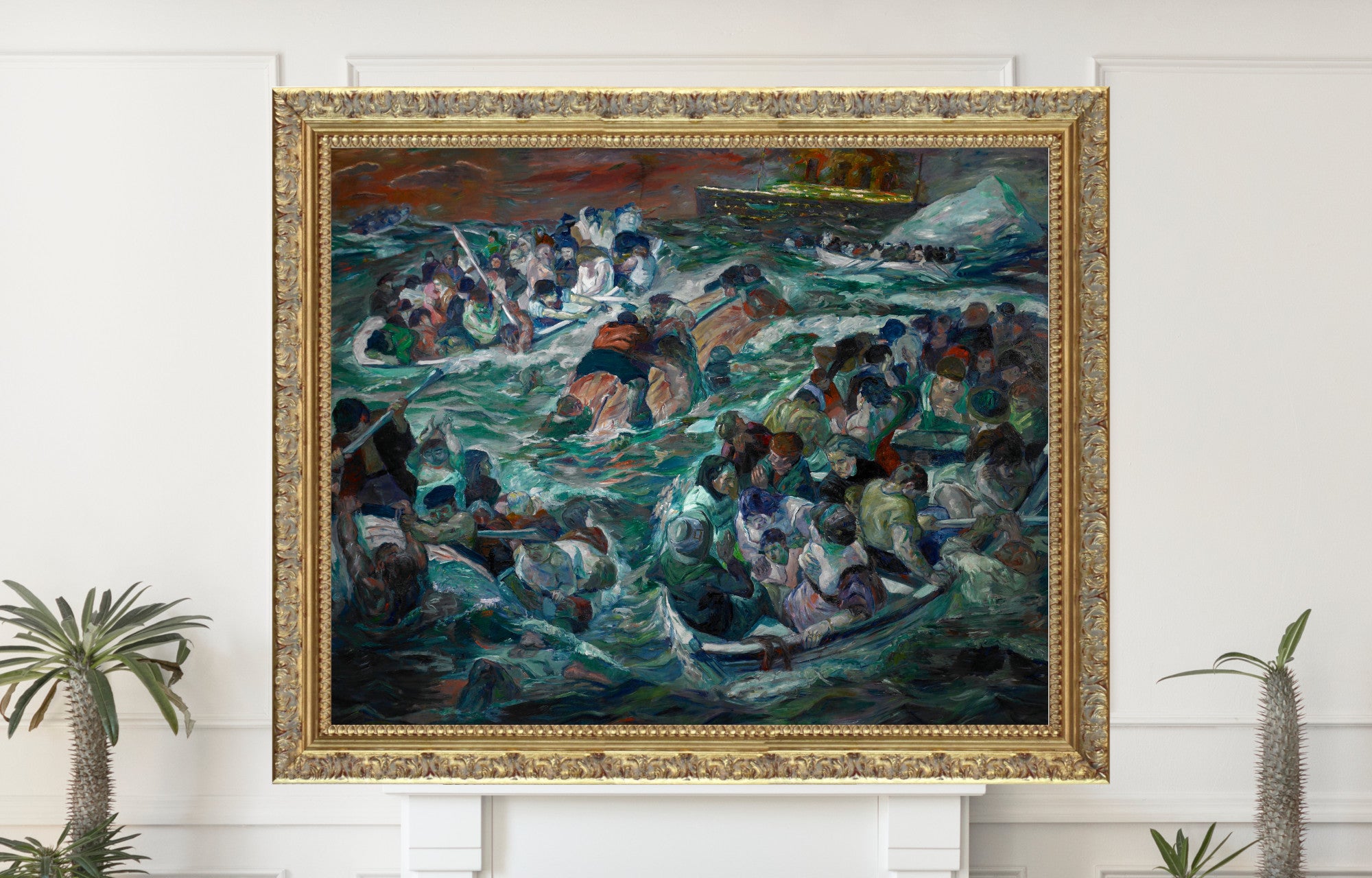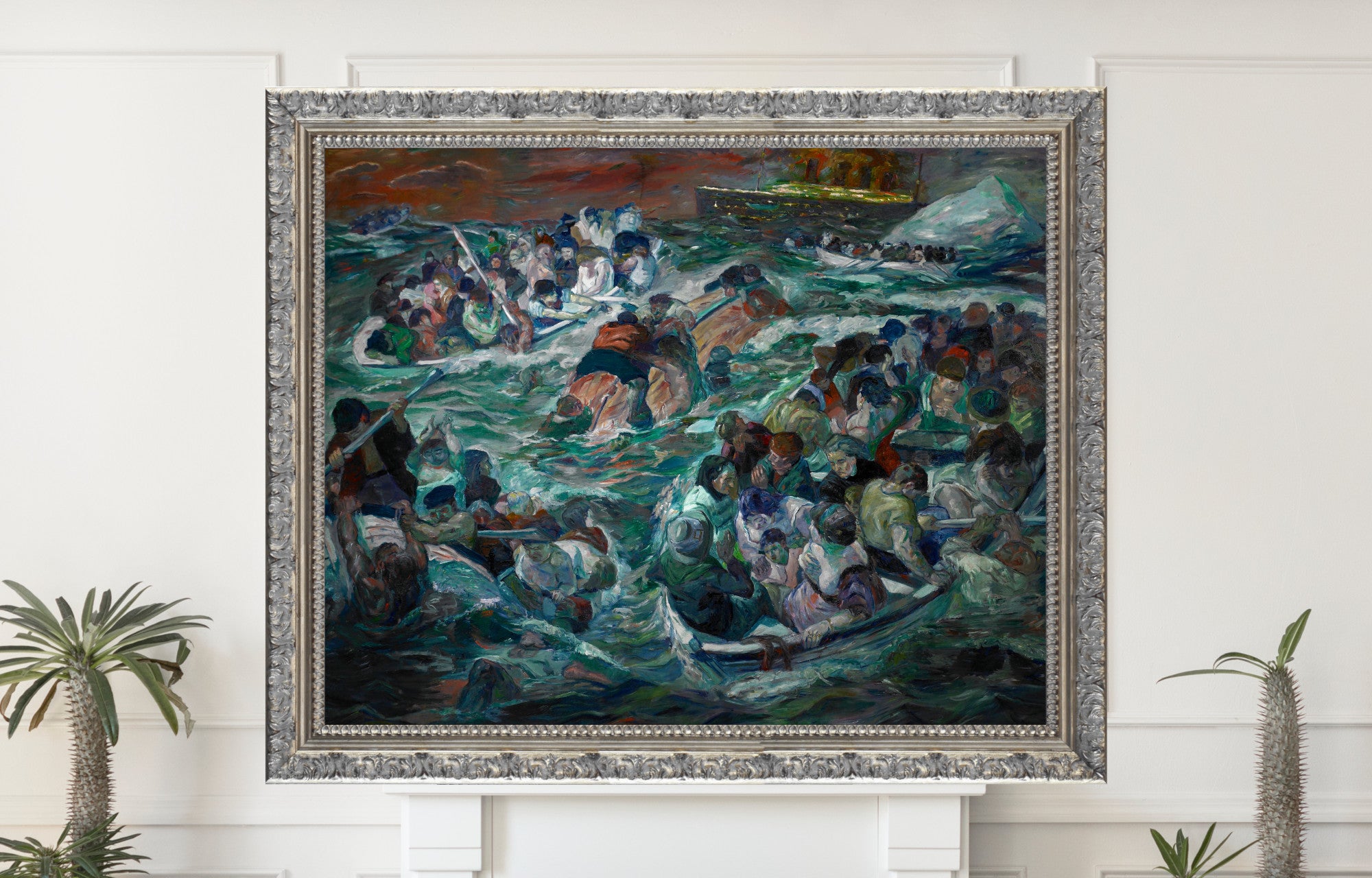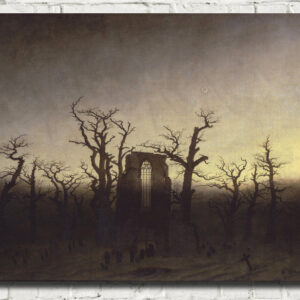Max Beckmann, Sinking of the Titanic (1912–13)- New Objectivity
Max Beckmann, Sinking of the Titanic (1912–13)- New Objectivity
On April 15, 1912, the world’s largest luxury liner, Titanic, sank off the coast of Newfoundland; of the 2,200 passengers, 1,507 died. Beckmann was inspired by news accounts to produce this enormous canvas in which he focused on the lifeboats of the Titanic while placing the distant, brightly lit liner against an iron-red night sky. Beckmann sought to emulate a 19th-century French tradition of grand paintings of contemporary events. Here, his theme is the struggle for survival; boats list dangerously or have overturned. The largest lifeboat is crammed with women and children including one passenger still in her violet evening gown and earrings. Beckmann employs a palette of vibrant green and blue coloring to highlight the nightmarish quality of a scene in which ghostly heads can clearly be seen floating in the water
Max Beckman was a German painter, draftsman, printmaker, sculptor, and writer. Although he is classified as an Expressionist artist, he rejected both the term and the movement. In the 1920s, he was associated with the New Objectivity (Neue Sachlichkeit), an outgrowth of Expressionism that opposed its introverted emotionalism.
Max Beckmann was born into a middle-class family in Leipzig, Saxony. From his youth he pitted himself against the old masters. His traumatic experiences of World War I, in which he volunteered as a medical orderly, coincided with a dramatic transformation of his style from academically correct depictions to a distortion of both figure and space, reflecting his altered vision of himself and humanity.
Available as a fine art print and as a stretched canvas panel (heavy fine art canvas stretched over 1.5 inch deep edge solid wood frame).
All prints are made using archival art stocks and UV pigment inks to give up to 200 years life. Prints are sold unframed and unmounted.



























